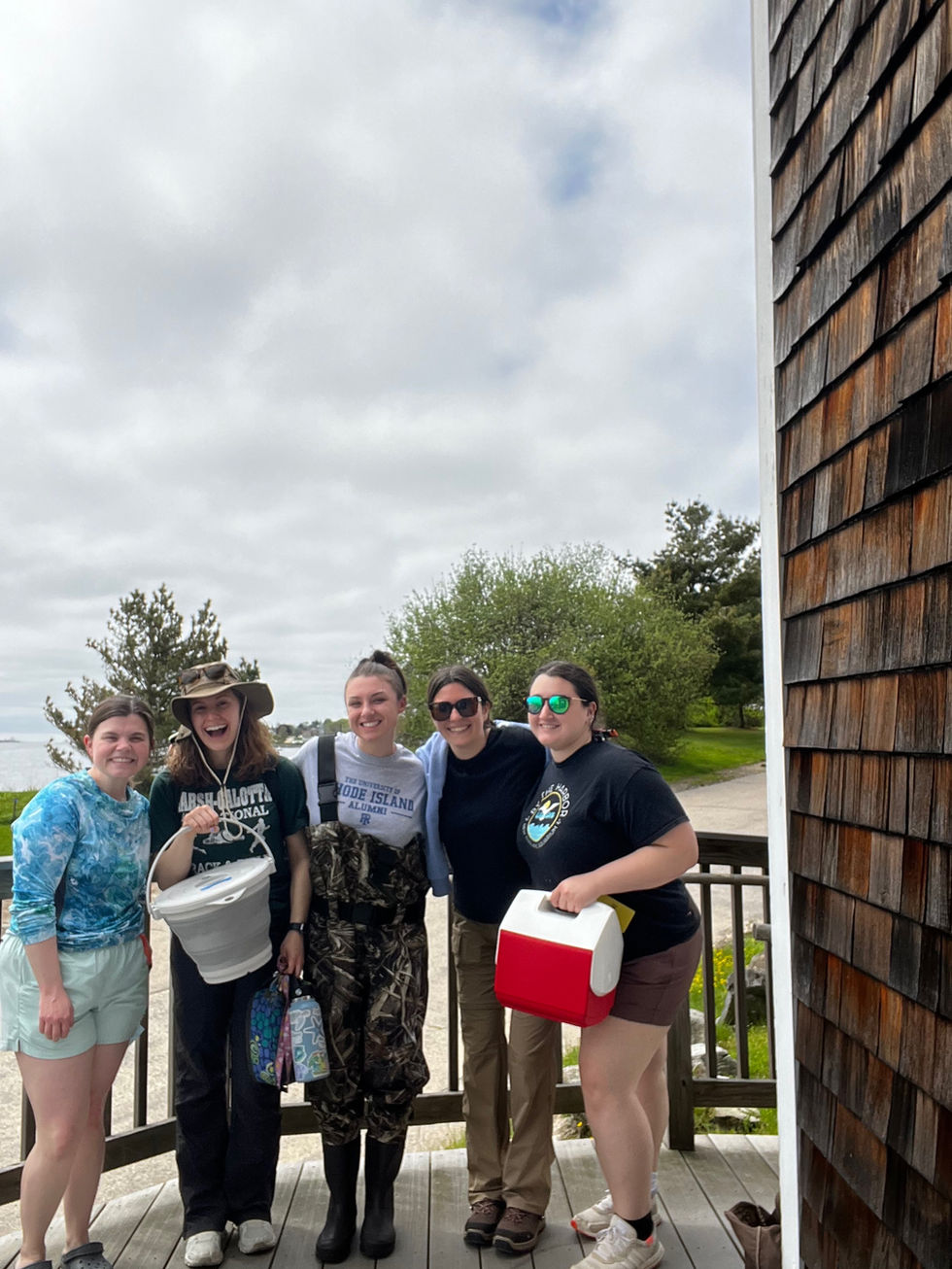Create Your First Project
Start adding your projects to your portfolio. Click on "Manage Projects" to get started
The phenotypic effects of diel-cycling of DO and pH across populations of Eastern oyster larvae
To better inform oyster aquaculture practices and oyster reef restoration efforts, we examined variations in size and mortality rate differences between three populations of Eastern oyster (Crassostrea virginica) larvae before and after exposure to diel-cycled coastal stressors. These stressors include low pH and low DO, mimicking coastal acidification and hypoxia conditions that have historically been observed in estuaries and shallow coastal waters. Oyster larvae are exposed to these stressors in an experimental aquarium setting for a period of 7-10 days, with density and genomic samples taken at initial and final time points. Variations in body size observed between initial and final time points and between populations combined with differences in mortality rate may serve as a proxy for the genetic underpinnings of traits that yield a survival advantage, especially in suboptimal conditions. This analysis will be used in conjunction with genomic analysis data in the future, with the implication that this knowledge may be used to identify and artificially select for specific traits that will enhance survivability in an aquacultural setting and in wild populations.











